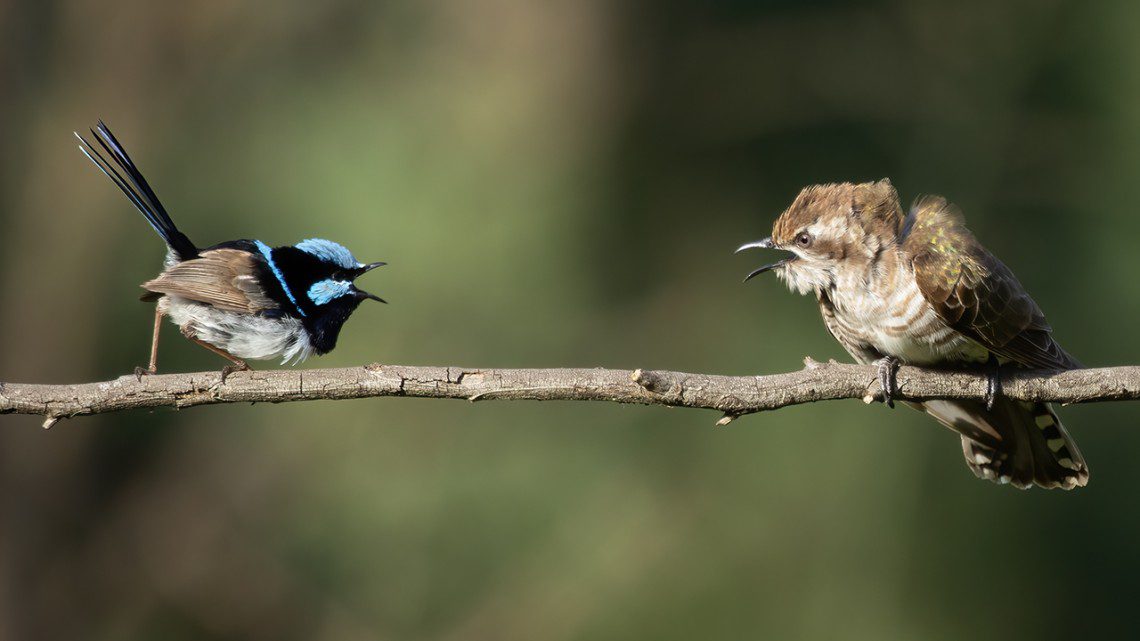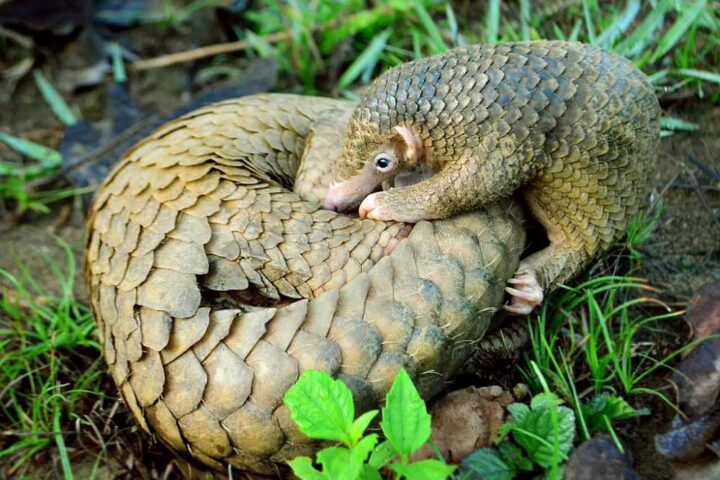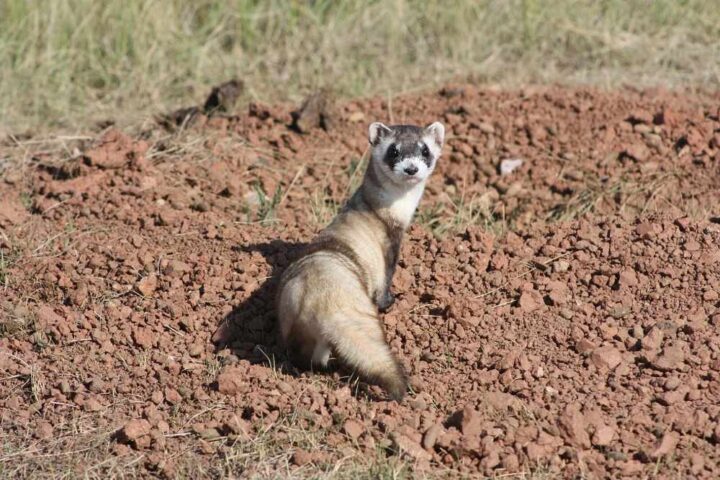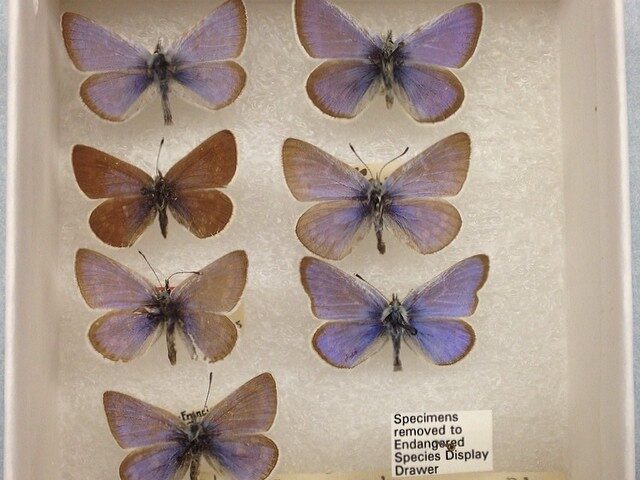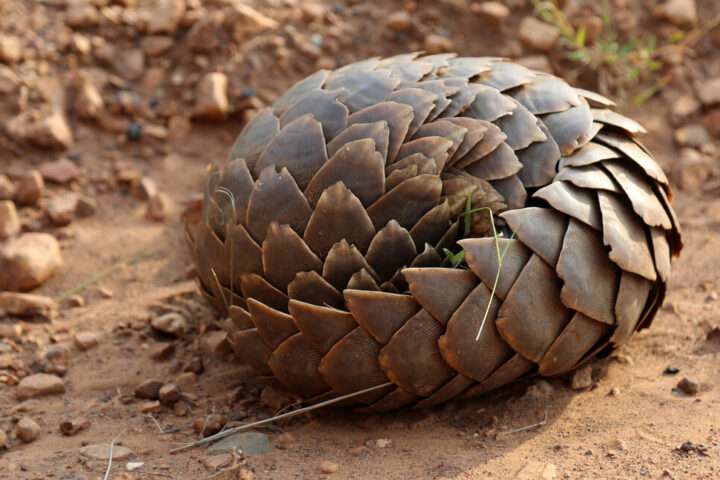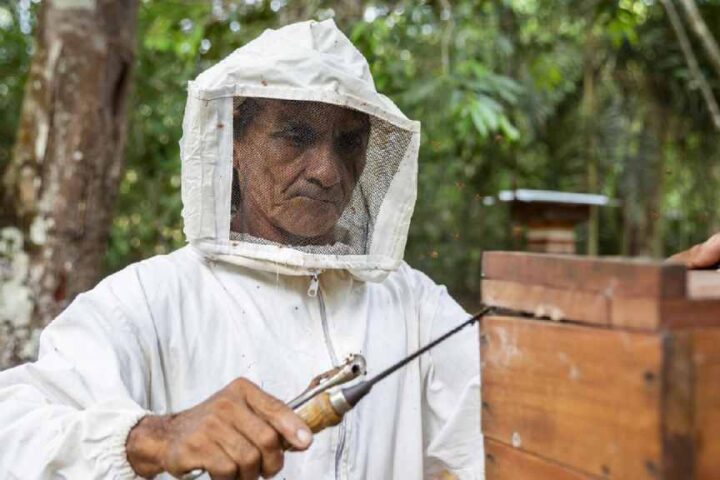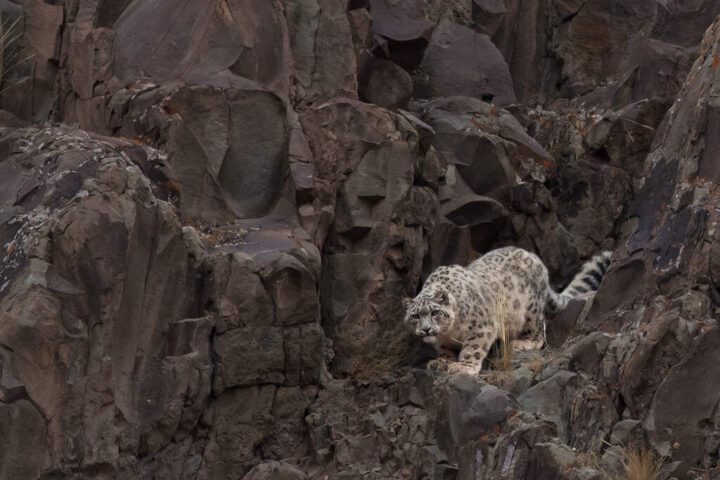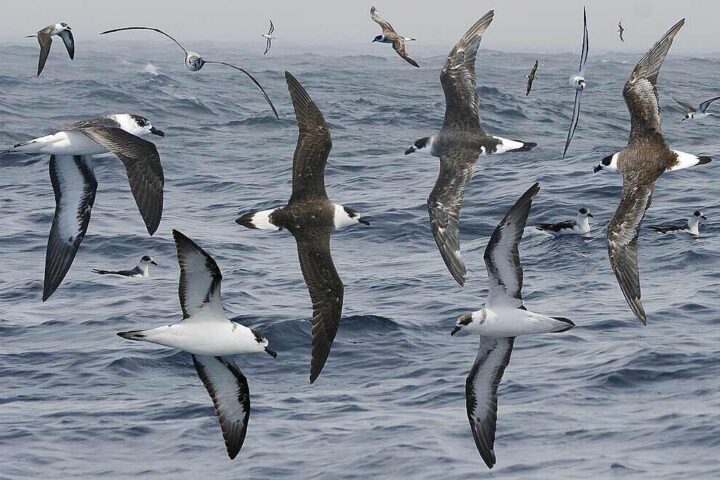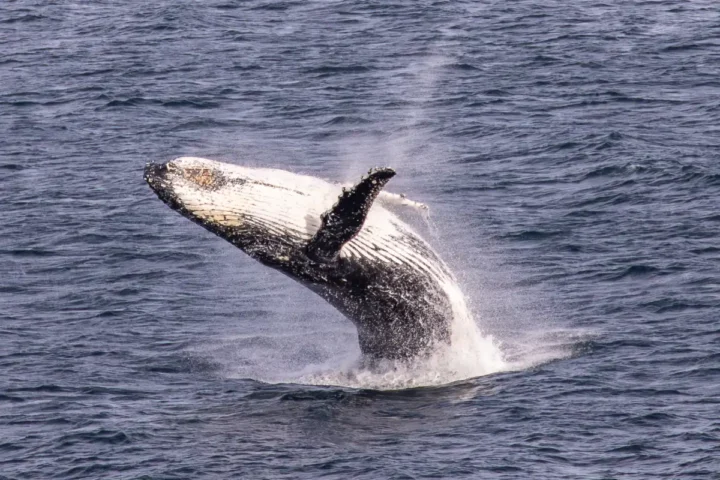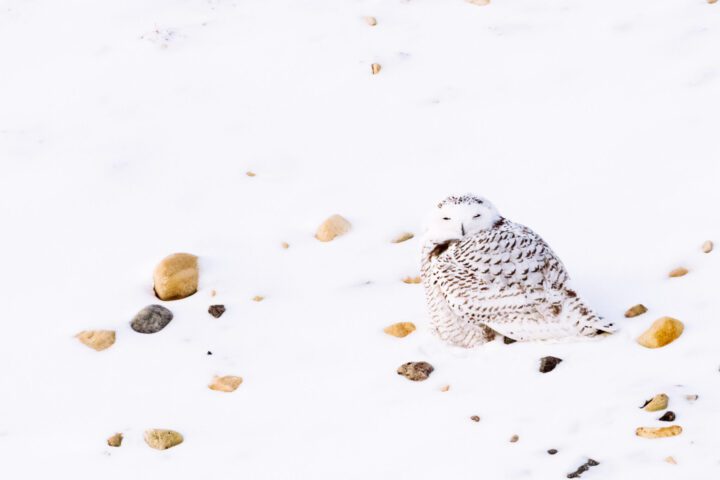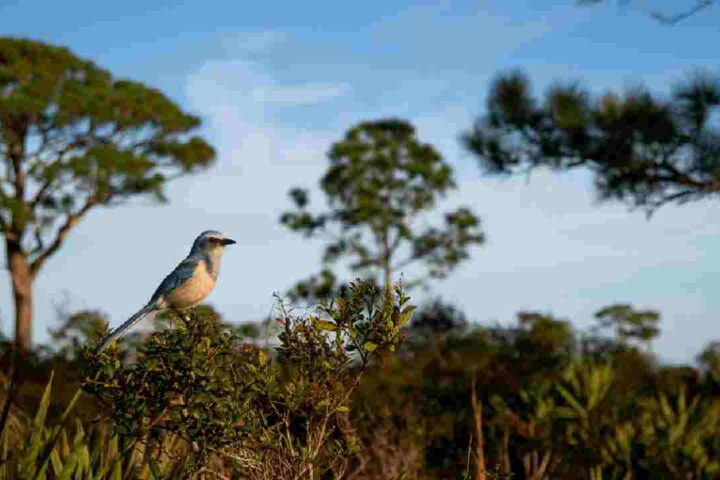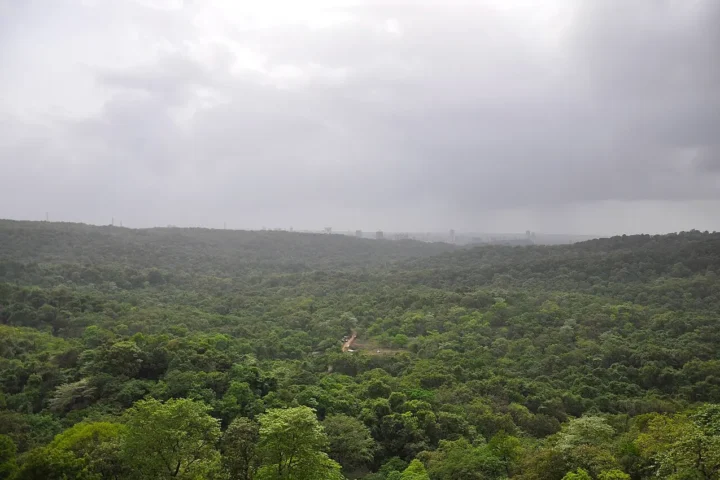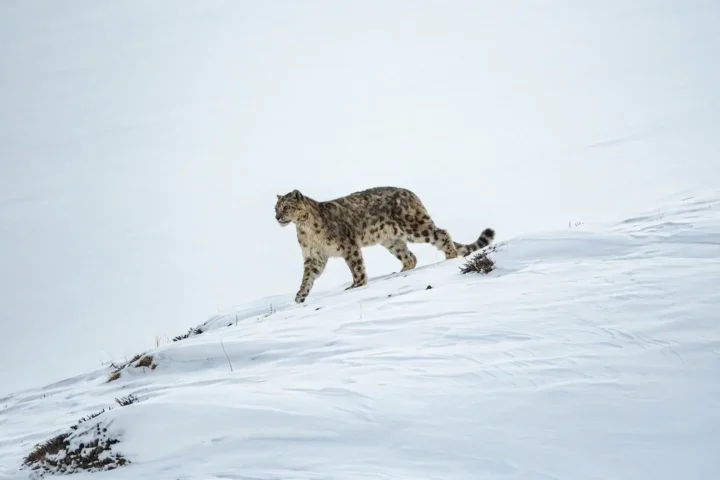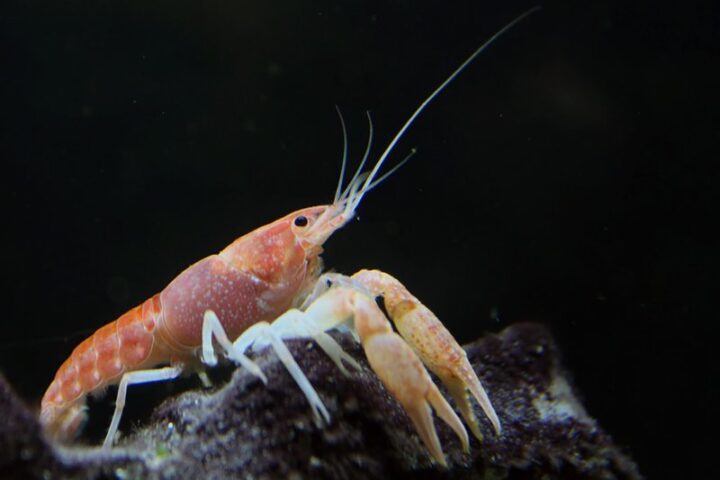A remarkable discovery shows that birds across four continents use nearly identical “whining” alarm calls to warn others about parasitic birds near their nests. This finding, published October 3 in Nature Ecology & Evolution, marks the first known example of an animal vocalization that combines both innate responses and learned behavior shared across multiple species.
An international research team led by Cornell Lab of Ornithology and Doñana Biological Station in Spain found that 21 bird species separated by approximately 53 million years of evolution produce a similar warning sound when they spot parasitic birds like cuckoos that lay eggs in other birds’ nests.
“The fascinating thing about this call is that it represents a midpoint between the instinctive vocalizations we often see in animals and fully learned vocal units like human words,” explains William Feeney, evolutionary ecologist at Doñana Biological Station and co-lead of the study.
When birds hear this warning call, they instinctively investigate. Through this process, they learn when to make the sound themselves by observing what’s happening around them – a mechanism called social transmission.
“It’s then, when birds are absorbing the clues around them, that the bird learns when to produce the sound in the future,” said James Kennerley, co-lead author and postdoctoral fellow at the Cornell Lab of Ornithology.1
The researchers conducted playback experiments across Australia, China, and Zambia to test how birds responded to the whining call compared to other sounds. They also used model presentations to see how birds reacted to cuckoos versus predators and non-predators.
Surprisingly, birds responded to whining calls from distant, unfamiliar host species, typically by gathering and mobbing – a defensive behavior where birds swarm together to drive away threats. This cross-species response highlights how the call functions as a universal warning system.
Similar Posts
The team noted an interesting contrast with North American yellow warblers, which showed a rapid return-to-nest response rather than mobbing behavior when hearing the whining call, demonstrating both innate sensitivity and regional learning differences.
The study found that species using this call tend to live in areas with complex networks of brood parasites and hosts – hotspots where cooperative defense offers advantages.
“With birds working together to drive parasites away, communicating how and when to cooperate is really important, so this call is popping up in parts of the world where species are most affected by brood parasitism,” Kennerley said.
This discovery challenges traditional views about the division between animal communication and human language. The researchers suggest it provides evidence for Charles Darwin’s proposal that complex communication systems like human language could have evolved through the gradual integration of instinctive and learned components.
“For the first time, we’ve documented a vocalization that has both learned and innate components, potentially showing how learned signals may have evolved from innate calls in a way first suggested by Charles Darwin,” said Feeney. “It’s like seeing how evolution can enable species to give learned meanings to sounds.”
The research was supported by the Alexander von Humboldt Foundation, Birds Queensland, the British Trust for Ornithology, the Hermon-Slade Foundation, an Edward W. Rose Postdoctoral Fellowship, and the U.S. National Science Foundation.
